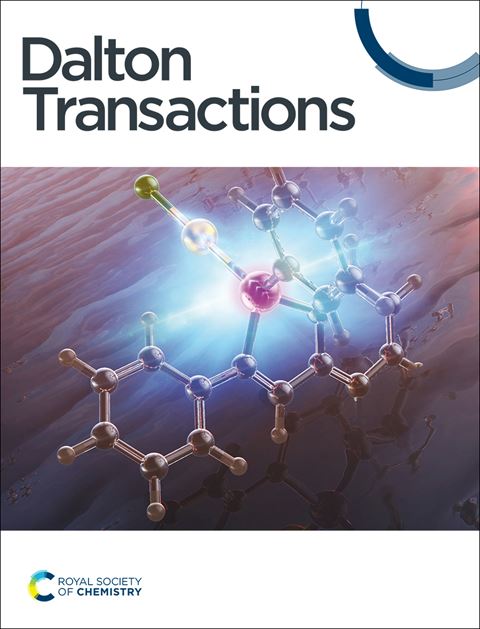Unlocking the Potential of Organopalladium Complexes for High-Grade Serous Ovarian Cancer Therapy
IF 3.5
3区 化学
Q2 CHEMISTRY, INORGANIC & NUCLEAR
引用次数: 0
Abstract
High-Grade Serous Ovarian Cancer (HGSOC) is the most common and lethal subtype of ovarian cancer, known for its high aggressiveness and extensive genomic alterations. Typically diagnosed at an advanced stage, HGSOC presents formidable challenges in drug therapy. The limited efficacy of standard treatments, development of chemoresistance, scarcity of targeted therapies, and significant tumor heterogeneity render this disease incurable with current treatment options, highlighting the urgent need for novel therapeutic approaches to improve patient outcomes. In this study we report a straightforward and stereoselective synthetic route to novel Pd(II)-vinyl and -butadienyl complexes bearing a wide range of monodentate and bidentate ligands. Most of the synthesized complexes exhibited good to excellent in vitro anticancer activity against ovarian cancer cells. Particularly promising is the water-soluble complex bearing two PTA (1,3,5-triaza-7-phosphaadamantane) ligands and the Pd(II)-butadienyl fragment. This compound combines excellent cytotoxicity towards cancer cells with substantial inactivity towards non-cancerous ones. This derivative was selected for further studies on ex vivo tumor organoids and in vivo mouse models, which demonstrate its remarkable efficacy with surprisingly low collateral toxicity even at high dosages. Moreover, this class of compounds appears to operate through a ferroptotic mechanism, thus representing the first such example for an organopalladium compound.求助全文
约1分钟内获得全文
求助全文
来源期刊

Dalton Transactions
化学-无机化学与核化学
CiteScore
6.60
自引率
7.50%
发文量
1832
审稿时长
1.5 months
期刊介绍:
Dalton Transactions is a journal for all areas of inorganic chemistry, which encompasses the organometallic, bioinorganic and materials chemistry of the elements, with applications including synthesis, catalysis, energy conversion/storage, electrical devices and medicine. Dalton Transactions welcomes high-quality, original submissions in all of these areas and more, where the advancement of knowledge in inorganic chemistry is significant.
 求助内容:
求助内容: 应助结果提醒方式:
应助结果提醒方式:


